Members
Yosuke Yamashiki *SHuman Spaceology Center Director, Professor
Takao Doi Special Professor, Astronaut
Vladimir Airapetian SIC Specially Appointed Professor
Yoshifumi Inatani SIC Specially Appointed Professor
Yuko Inatomi SIC Specially Appointed Professor
Tatsuhiko Sato SIC Specially Appointed Professor
Naoko Yamazaki Specially Appointed Associate Professor, Astronaut
- *Human Spaceology Center Director, Professor
- 山敷庸亮 / Yosuke Yamashiki
- Special Professor, Astronaut
- 土井隆雄 / Takao Doi
- SIC Specially Appointed Professor
- Vladimir Airapetian
- SIC Specially Appointed Professor
- 稲谷芳文 / Yoshifumi Inatani
- SIC Specially Appointed Professor
- 稲富裕光 / Yuko Inatomi
- SIC Specially Appointed Professor
- 佐藤達彦 / Tatsuhiko Sato
- Specially Appointed Associate Professor, Astronaut
- 山崎直子 / Naoko Yamazaki
- SIC Specially Appointed Associate Professor
- 大野琢也 / Takuya Ohno
- Affiliate Researcher (Kyushu University)
- 関大吉 / Daikichi Seki
*Human Spaceology Center Director, Professor
山敷庸亮 / Yosuke Yamashiki
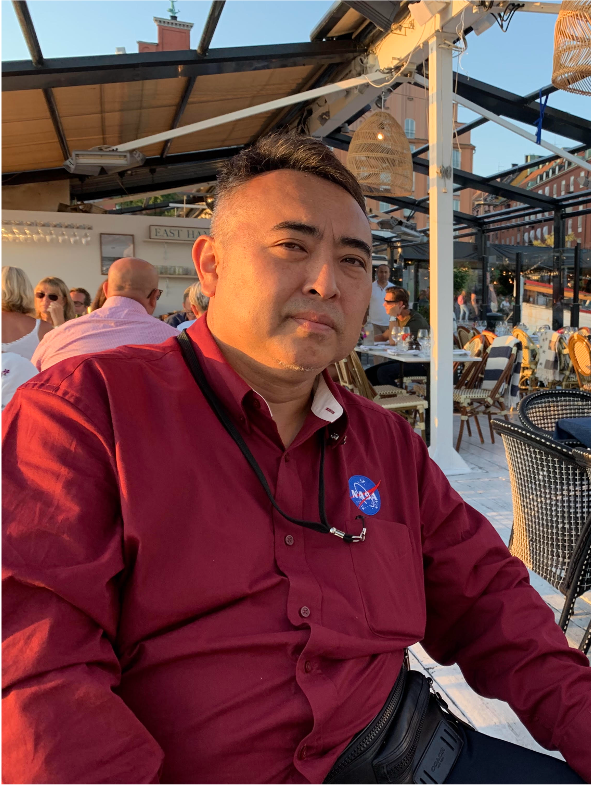
Graduated from the Faculty of Engineering, Kyoto University in 1990. In 1991, he received his M.S. in Environmental and Geoengineering at the Faculty of Engineering, Kyoto University. He also studied at the University of Sao Paulo through the Japan-Brazil Exchange Association. Received his M.S. in Engineering, University of Sao Paulo (EPUSP) in 1994. 1999 Ph. D. in Engineering and Environmental and Geoengineering, Kyoto University. 2004-2008 Lecturer and Associate Professor, Faculty of Science and Engineering, Japan University. Doctorate in Engineering and Environmental Geoengineering from Kyoto University in 1999, lecturer and associate professor at the School of Science and Engineering, Japan University in 2004-2008. Adjunct lecturer at the University of Tokyo in 2007, and associate professor at the Disaster Prevention Research Institute, Kyoto University from 2008-2013. He has developed ExoKyoto, a database for the study of exoplanet radiation environments from multiple habitable zones and stellar energetic particles. He has also implemented Space Camp 2 (SCB2) using Biosphere2, an artificial isolated ecosystem at the University of Arizona, with Astronaut Takao Doi and Associate Professor Masahiro Terada from 2019.
Q1: What technologies do you think will be available in 10 years, you wish were available now?
The warp drive and teleportation from Star Trek, but I don’t think that’s possible yet.
Q2: Where would you like to visit (or visit again) on Earth?
Antarctica.
Q3: What would you like to ask (or learn from) students?
What movies, cartoons, or animations inspire today’s students to be interested in space?
Special Professor, Astronaut
土井隆雄 / Takao Doi
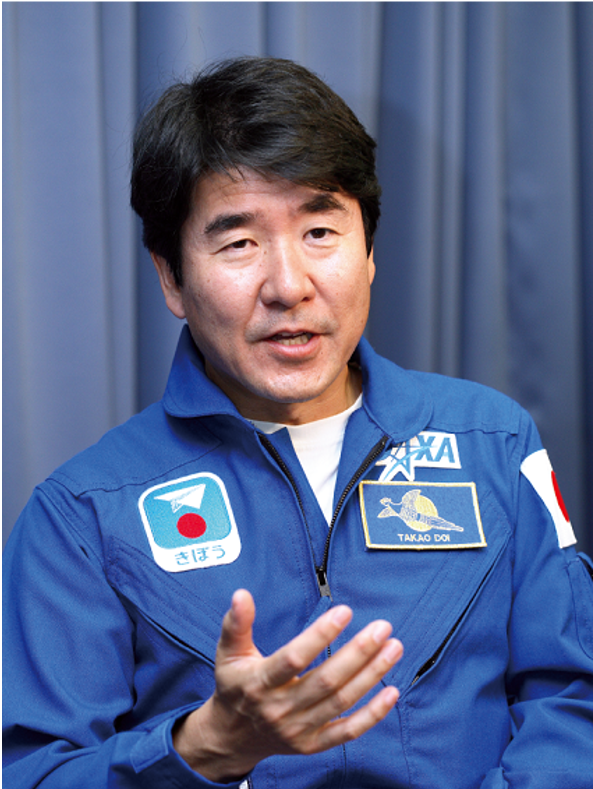
Born in 1954 in Tokyo, Japan, he received his Ph.D. in Engineering from the University of Tokyo in 1983 and his M.S. in Engineering from Rice University in 2004. In 1997, he became the first Japanese astronaut to go beyond the Earth’s surface aboard the Space Shuttle Columbia. In 2008, he boarded the Space Shuttle Endeavour and operated the robotic arm to install the Japanese Experiment Module “Kibo” on the International Space Station. In April 2016, he was appointed to a special professorship at Kyoto University’s Institute for Space and Astronautical Science (ISAS), and in April 2020 he was appointed to a special professorship at Kyoto University’s Graduate School of Advanced Integrated Studies in Human Survivability (Shishukan).
Q1: What technologies do you think will be available in 10 years, you wish were available now?
The technology to grow trees under low pressure and low-temperature conditions.
Q2: Where would you like to visit (or visit again) on Earth?
Antarctica
Q3: What would you like to ask (or learn from) students?
Where in space would you like to go?
SIC Specially Appointed Professor
Vladimir Airapetian
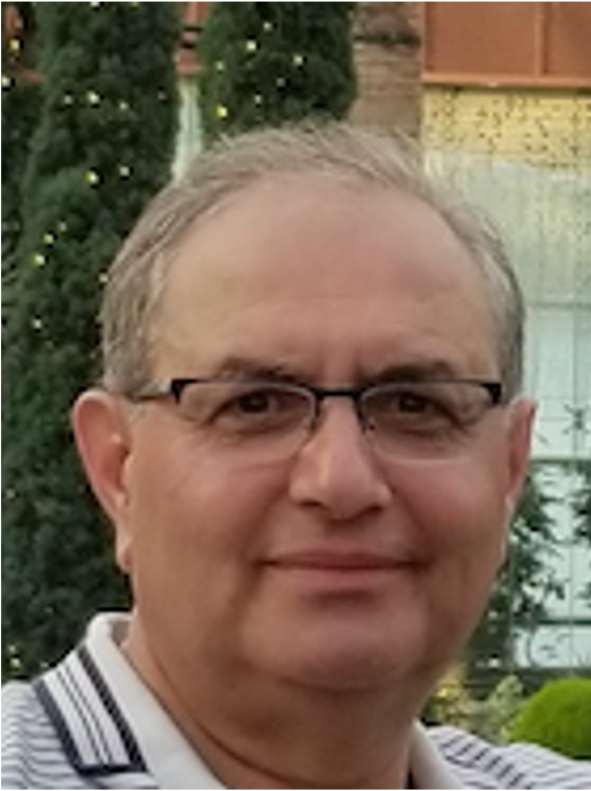
Vladimir Airapetian obtained his Bachelor in Science with major in Physics from the Yerevan State University (Armenia) and his PhD in theoretical astrophysics from Byurakan Astrophysical Observatory. PI of NASA NExSS project “Mission to Young Earth 2.0”, PI of NASA Exobiology project on initiation of life on early Earth and Mars, PI of TESS Cycle 1, Co-I of HST-XMM-Newton project “Evolving Lives of Young Suns”, Co-I of ISSI team, the Steering Committee member of NExSS and PCE3 NASA Astrobiology Research Coordination Networks, member of leadership team of Sellers Exoplanet Environment Collaboration (SEEC) team. His latest activity includes the application of state-of-the-art multidimensional heliophysics models to simulate environments of active stars and the young Sun to understand their impacts to the atmosphere of early Earth and Mars. These studies laid the foundation for the concept of initiation of biological molecules on early Earth and resolution of the Faint Young Sun’s paradox.
Q1: What technologies do you think will be available in 10 years, you wish were available now?
I hope we will be able to have powerful telescope and detectors to probe chemistry of atmospheres of exoplanets like our Earth.
Q2: Where would you like to visit (or visit again) on Earth?
I would like to visit Galapagos Islands, the place that allowed Darwin to obtain clues on biological evolution of species.
Q3: What would you like to ask (or learn from) students?
Would you like to be involved in interdisciplinary research and what is your dream research question?
SIC Specially Appointed Professor
稲谷芳文 / Yoshifumi Inatani
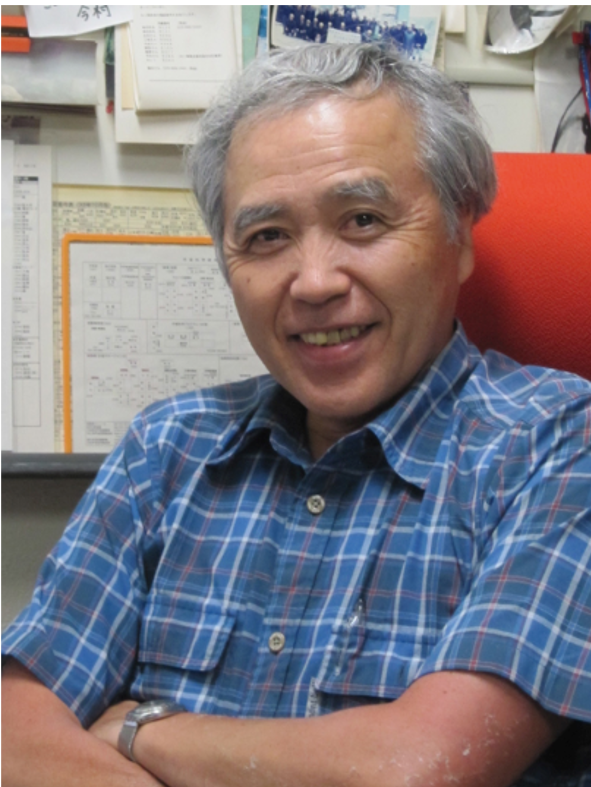
Doctorate in Aerospace Engineering from the University of Tokyo in 1982. Doctorate in Aerospace Engineering from the University of Tokyo in 1982, and became an assistant professor at the Institute of Space and Astronautical Science (ISAS) in 2001. In 2003, he joined the Institute of Space and Astronautical Science, Japan Aerospace Exploration Agency. He has been a professor at ISAS since 2003. He is a member of the Japan Society for Aeronautical and Space Sciences, AIAA, IAA, and President of the Japan Rocket Society (2012,13). He has conducted research on high-speed aerodynamics and transportation systems related to spaceflight, and participated in space science project research using his engineering knowledge. He has contributed to the research on space vehicles at ISAS, including rockets, satellites, and space probes. He also considers the ideal form of rockets and space transportation for the next era, and conducts a wide range of research activities through flight experiments of experimental rockets, etc., to create a system that makes transportation to space easier and significantly reduces transportation costs, and to research a reusable transportation system that can fly repeatedly at high frequency. Using the results of re-entry flight research obtained through these space transportation studies, he led the development of the Hayabusa capsule, a mission to return from an asteroid, and successfully returned to Earth and recovered samples. In addition, based on these findings, he actively communicates the future vision of space utilization, such as space travel for the general public and the realization of solar power satellites.
SIC Specially Appointed Professor
稲富裕光 / Yuko Inatomi
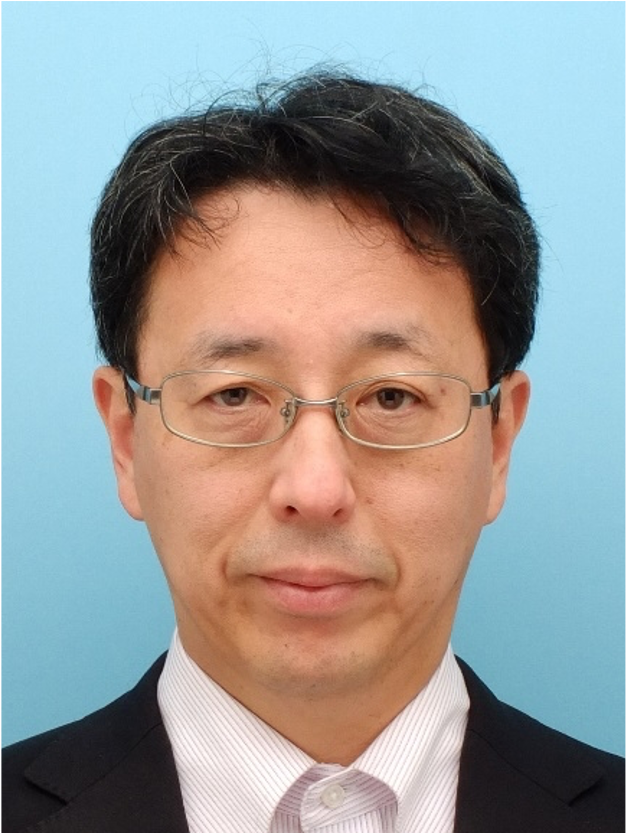
Doctorate in Engineering from the University of Tokyo in 1992. Currently a Senior Researcher at the Institute of Space and Astronautical Science, Japan Aerospace Exploration Agency. He specializes in materials science and space environment utilization science. He has been conducting ground-based research using electromagnetic fields, and numerous microgravity experiments using drop facilities, balloons, observation rockets, and the International Space Station, and is particularly interested in interpreting the phase transformation process of materials. In addition, he has contributed to the establishment of the Federation of Space and Planetary Habitation Sciences, and is exploring the possibility of developing new scientific research that will contribute to international space exploration from a scientific perspective and enable the expansion of the human sphere of activity and the construction of a society in space.
Q1: What technologies do you think will be available in 10 years, you wish were available now?
Pinpoint landing, night travel, manned rovers with extremely high performance, a full-scale geological survey on the Moon, and many others.
Q2: Where would you like to visit (or visit again) on Earth?
Any place I can enjoy a variety of cultures.
Q3: What would you like to ask (or learn from) students?
Are you interested in manned space activities? If so, why, and what would you like to achieve by when?
SIC Specially Appointed Professor
佐藤達彦 / Tatsuhiko Sato
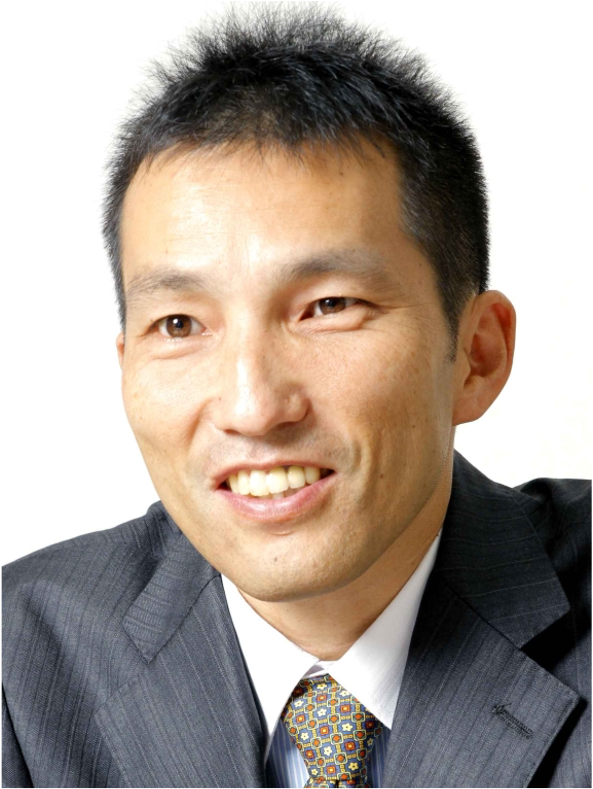
He graduated from the Department of Nuclear Engineering, Faculty of Engineering, Kyoto University in 1996, and completed his doctorate in Nuclear Engineering, Graduate School of Engineering, Kyoto University in 2001. He has been a researcher at the Japan Atomic Energy Research Institute (JAERI) since 2001, where he has been involved in various radiation-related research projects. Since 2018, he has also been serving as a special-appointment professor at the Research Center for Nuclear Physics, Osaka University under a cross-appointment contract. His main area of expertise is the development of PHITS and its application to cosmic rays and radiation therapy and protection. He is a member of the International Commission on Radiological Protection and its Task Group on Radiation Protection in Space, and has contributed to the development of international guidelines on radiation protection for astronauts.
Q1: What technologies do you think will be available in 10 years, you wish were available now?
Some kind of reusable manned space plane, but personally, I would like to create a system that predicts the occurrence of solar flares in advance and issues an exposure warning, which I am currently studying.
Q2: Where would you like to visit (or visit again) on Earth?
Antarctica, Uyuni Salt Flats, Machu Picchu, Victoria Falls, Namib Desert. So many more that it’s impossible to answer.
Q3: What would you like to ask (or learn from) students?
In terms of what I would like to ask the students of the Shishukan, I would like to hear from students who have experienced overseas internships, PBR, service learning, etc., especially in developing countries, about what it was like there and how the experience changed them. I’d like to hear what they have to say.
Specially Appointed Associate Professor, Astronaut
山崎直子 / Naoko Yamazaki
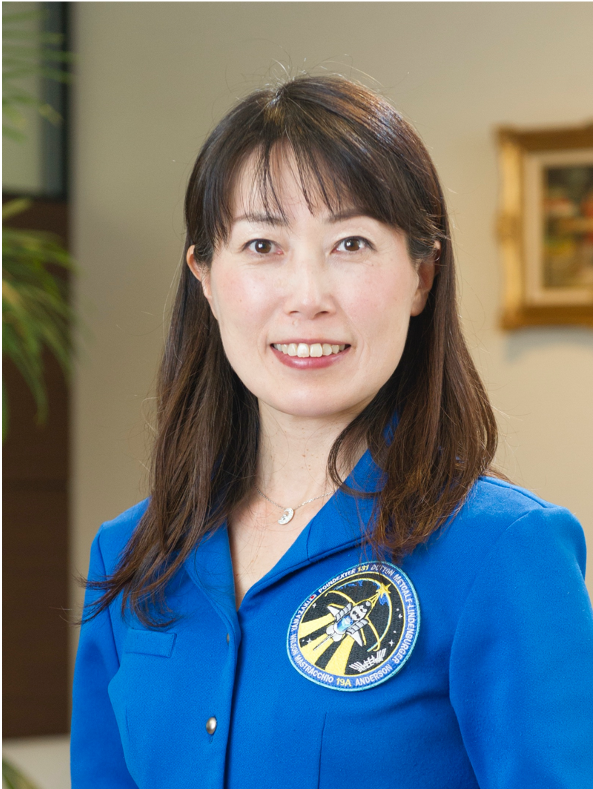
She received her master’s degree in aerospace engineering from the University of Tokyo in 1996. She joined the National Space Development Agency of Japan (now the Japan Aerospace Exploration Agency (JAXA)) in the same year, was selected as an astronaut candidate in 1999, and was certified in 2001. In April 2010, she boarded the Space Shuttle Discovery and engaged in the STS-131 assembly and resupply mission to the International Space Station (ISS). She retired from JAXA in August 2011. She is a member of the Space Policy Committee of the Cabinet Office, President of Space Port Japan, Advisor to the Japan Space Youth League (YAC), Visiting Professor at Joshibi University of Art and Design, Director of the Japan Rocket Association and Chair of the “Space Women” Committee, Director of the Space Tourism Promotion Council, and Senior Advisor to the Association for the Japan Expo 2025. She is also a member of the Advisory Council of the World Robot Summit Executive Committee, and a trustee of the Earthshot Prize for solving environmental problems.
Q1: What technologies do you think will be available in 10 years, you wish were available now?
Household robots, robots to help with disasters or accidents, automatic driving cars, wireless charging, space travel, etc.
Q2: Where would you like to visit (or visit again) on Earth?
The pyramids (as seen through the telescope from the ISS), Nazca Lines, and more.
Q3: What would you like to ask (or learn from) students?
I’d like to know their favorite science fiction movies and books, and any interesting recent research they have completed ro read about.
SIC Specially Appointed Associate Professor
大野琢也 / Takuya Ohno
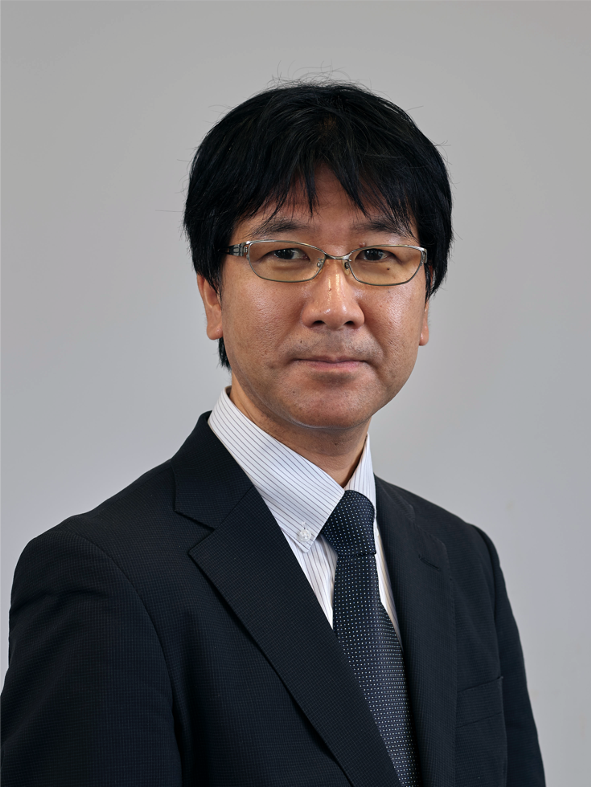
Graduated from the Department of Architecture, Faculty of Engineering, Kobe University in 1991, received a Master’s degree in Architecture from the Graduate School of Engineering, Kobe University in 1993, joined Kajima Corporation in 1993, and has been a member of the Architectural Design Department of the Kansai Branch since 1997. Since 2020, he has been a part-time lecturer at the Graduate School of Advanced Integrated Studies in Human Survivability Kyoto University. He has been interested in space habitats since childhood, and studied architectural design as a foundation. He believes that the problems of living in space are that the body cannot return to the earth due to low gravity, and that birth and growth cannot take place normally, also that artificial gravity facilities using centrifugal force may be useful to counter these problems. In books, magazines, and lectures, he has presented his unique architectural approach to artificial gravity facilities to the world.
Q1: What technologies do you think will be available in 10 years, you wish were available now?
Technology that will allow us to efficiently extract specific elements from local materials on the Moon.
Q2: Where would you like to visit (or visit again) on Earth?
Japan, 1000 years ago.
Q3: What would you like to ask (or learn from) students?
What do you think is the most hopeful thing for the future of humanity?
Affiliate Researcher (Kyushu University)
関大吉 / Daikichi Seki
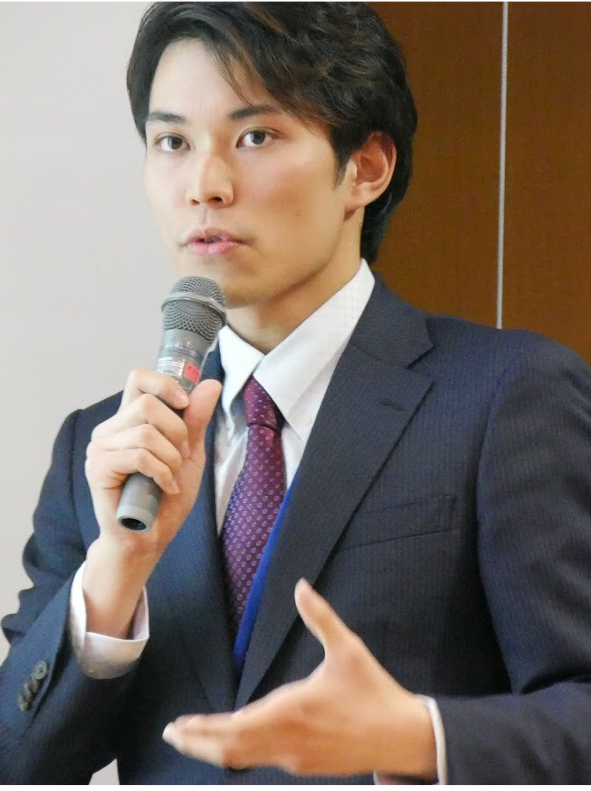
Born in Tokyo in 1993. AI Group, Business Consulting Division, Accenture Co. He is in charge of the research division at the AI Center.
Ph.D. in Applied Physics, School of Advanced Science and Engineering, Waseda University. Completed the doctoral program at the Kyoto University Graduate School of Advanced Integrated Studies in Human Survivability. Ph.D. in General Studies from Kyoto University. He was a visiting researcher at the Department of Applied Mathematics and Theoretical Physics, University of Cambridge, a researcher at the Graduate School of Advanced Integrated Studies in Human Survivability, the University of Cambridge, and a Research Fellow of the Japan Society for the Promotion of Science (DC1). He specializes in solar physics, space weather, and data science. He is a member of the Research Committee of the Institute of Developing Economies.
Q1: What technologies do you think will be available in 10 years, you wish were available now?
Safe space travel.
Q2: Where would you like to visit (or visit again) on Earth?
Luang Prabang (Laos)
Q3: What would you like to ask (or learn from) students?
What social networking sites are popular among college students these days?
This post is also available in:
 日本語 (Japanese)
日本語 (Japanese)

